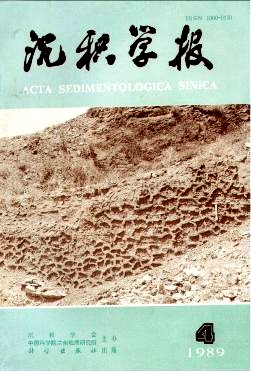PALEOSALINITY OF SEDIMENTARY PHOSPHATE METHOD(SPM) AND ITS SIGNIFICANCE
- Received Date: 1987-07-15
- Publish Date: 1989-12-10
Abstract: This article gives an account of an experiment which was carried out according to a theory of Sedimentary Phosphate Method (SPM) advanced by Nelson ( 1967) , a theory which was closely related to the ratio of phosphate fractions in argillaceous sediments and to the water salinity. While applying Jackson" s (1957) system of phosphate fractionation determined in soil, the writers made some necessary improvements and simplification. Qualitative and quantitative appraisals of salinity and studies of sedimentary fades have been done on the modern deposits in regions of the South China Sea, the Yellow Sea, the Poyang Lake and the Hongze Lake as well as the deposits in different regions and in different periods ranging from the Quaternary of Tai Lake to the Early Tertiary of Tarimu Basin in Xinjiang and the Dongpu Depression in Henan Province. Experimental results revealed that the paleosalinity of the first member of the Early Tertiary Shahejie Formation at the Qongpu Depression in Henan and the Early Tertiary Tarimu Basin in Xinjiang was most similar to the salinity of the modem marine deposits, differing notably, however, from that of the freshwater of the Poyang Lake and Hongze Lake. This conclusion tallies with what has been synthetically analysed with respect to paleontology and the rock-forming depositional environments, thus testifying to the fact that the sedimentary phosphate method (SPM) as an indicator of paleosalinity may be regarded as something to be relied or depended upon. In this paper are also discussed the limitations of the method mentioned above as well as the points for attention while it is in use.
| Citation: | Wang Ziyu, Yao Wangui, Chen Xiaoming. PALEOSALINITY OF SEDIMENTARY PHOSPHATE METHOD(SPM) AND ITS SIGNIFICANCE[J]. Acta Sedimentologica Sinica, 1989, 7(4): 113-119. |






 DownLoad:
DownLoad: